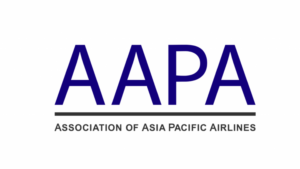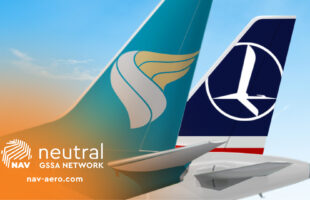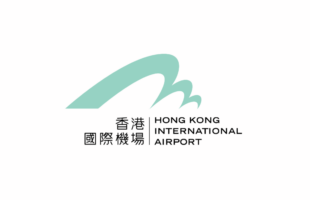

Preliminary September 2024 traffic figures released today by the Association of Asia Pacific Airlines (AAPA) showed healthy growth in both international air passenger and cargo markets, on the back of robust consumer and business demand.
The region’s airlines registered an 18.8% year-on-year growth in the number of international passengers carried to a combined total of 29.2 million in September. Traffic volumes averaged 97.5% of the corresponding month in 2019. Demand as measured in revenue passenger kilometres recorded a 19.3% year-on-year increase, reflecting strength on long haul travel markets. The average international passenger load factor edged 0.4 percentage points higher to 80.5% in September, following an 18.7% expansion in available seat capacity.
Air cargo demand remained resilient heading into the year-end festive season despite a slowdown in the wider global manufacturing sector. International air cargo demand as measured in freight tonne kilometres (FTK) grew by 8.9% year-on-year in September. After accounting for a 9.4% increase in offered freight capacity, the average international freight load factor declined marginally, by 0.3 percentage points to 60.2% for the month.
Commenting on the results, Mr. Subhas Menon, AAPA Director General said, “Asian airlines have seen robust growth in travel markets this year. Leisure demand remained buoyant, driving increases in tourist arrivals across the region. Meanwhile, business travel was underpinned by the region’s growing economies.”
Mr. Menon added, “Air cargo markets continued to expand, driven by the increases in export volumes from key manufacturing economies in Asia, including China, India, Japan and South Korea.”
“Overall, during the first nine months of the year, the number of international passengers carried by Asia Pacific airlines rose by 34% to an aggregate total of 269 million, while international air cargo demand registered a 14% increase compared to the same period last year.”
Looking ahead, Mr. Menon said, “The global economy is expected to grow by 3.2% this year and in 2025, supporting expansion in both travel and air cargo markets. However, this may be undermined by uncertainties stemming from increasing geopolitical risks and rising trade protectionism. Although the overall decline in jet fuel prices this year has helped to moderate rising costs, airlines continue to face challenges in fleet renewal and network growth, due to ongoing supply chain disruptions and aircraft delivery delays.”









